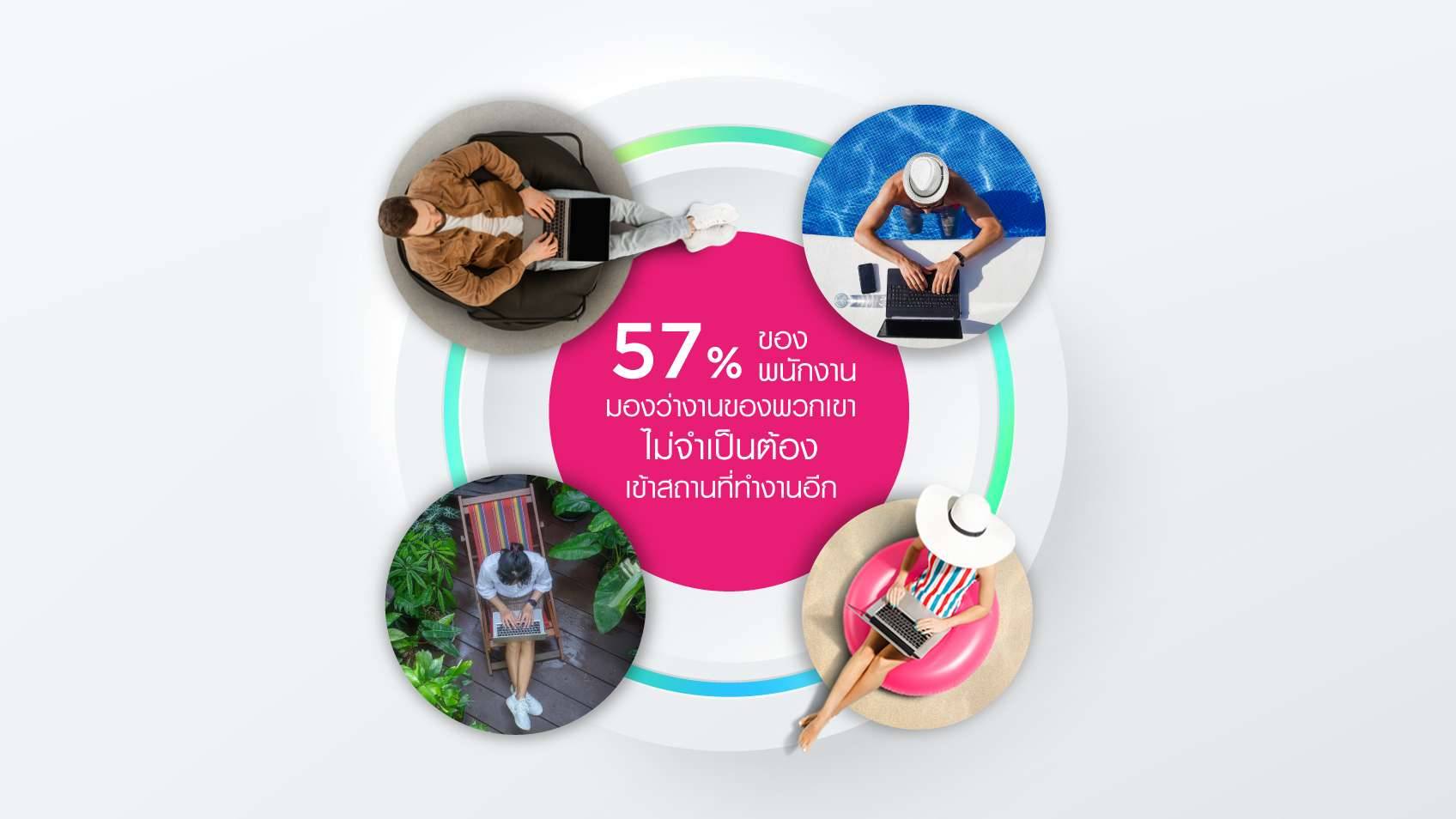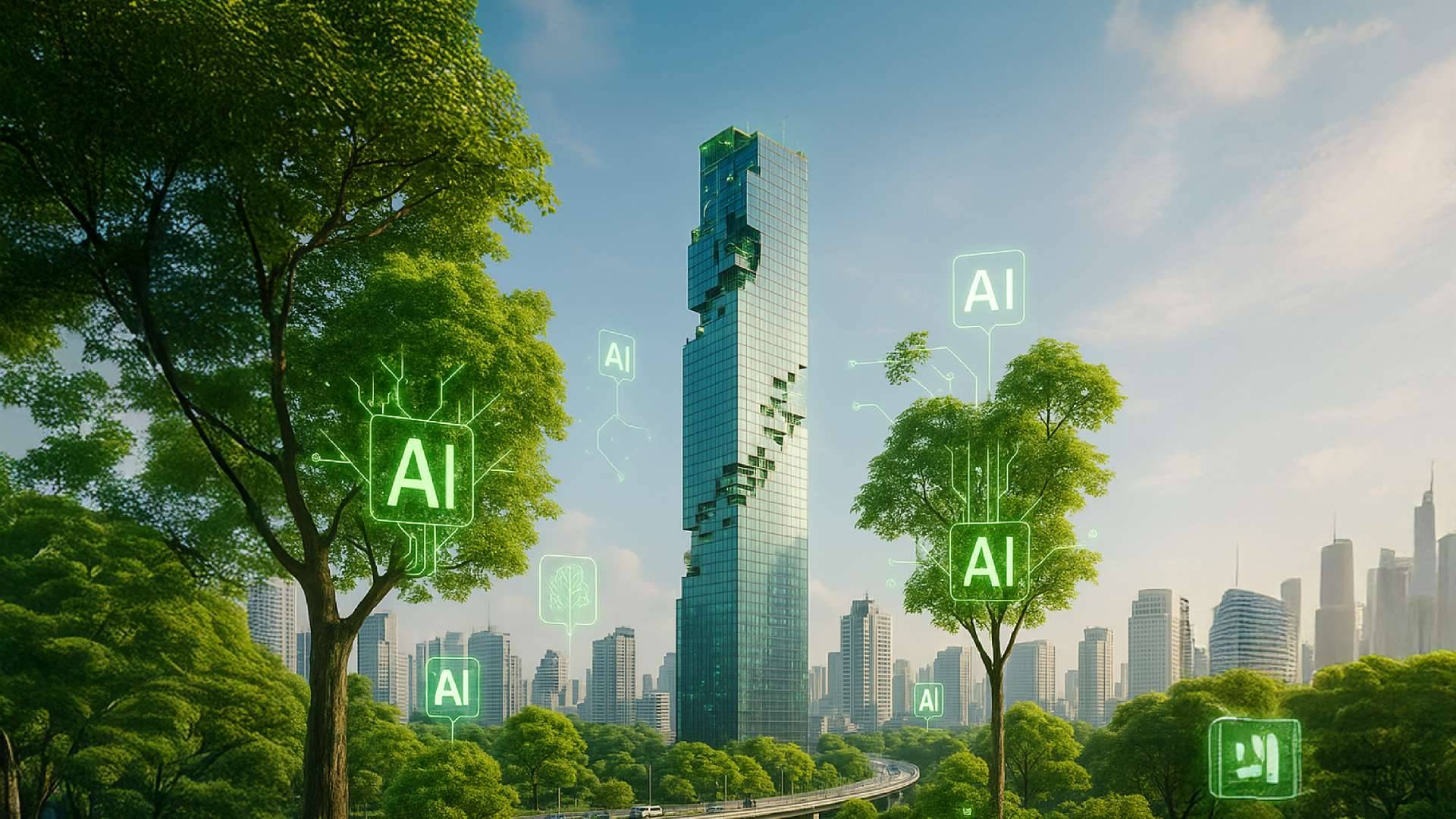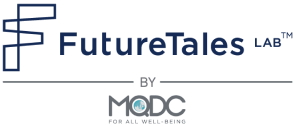
End of Workplace Paradox
ARTICLES | Jul 20, 2023
Workplace requirements have become a central issue for productivity management and well-being.
Future organizations need to have clear agreements with their employees about access to workplace space. Deskless workers will be a key challenge today and in the future. After the pandemic, 57% of employees globally said they would not commute as before. 66% said they would consider leaving their jobs if they had to go back to the workplace every day. 95% of corporate executives, however, believe employees should come to work at the workplace.
Many surveys agree that working remotely or online helps employees manage their work and personal time better. Human resources must pay attention to the well-being of these employees as well as welfare in the workplace. 82% of employees choose home as their workplace, so organizations can help them have the equipment they need. Organizations can use contact software to work systematically. Pushing office workers and remote workers to collaborate efficiently is another issue organizations need to focus on. The task management system market is set to grow from USD12 billion in 2023 to USD 87billion in 2030, with a growth rate of 33.3% from 2023 to 2030.
Organizations also need to support the quality of life of employees who want to work in the office. 49% of employees view flexibility as more important than compensation. 75% of Gen Z and 76% of Gen Y say they should have the right to choose remote or hybrid work, attending the workplace as needed. Organizations should be prepared for employees who want to use the workplace. They may consider options that are not too financially burdensome to the organization, such as setting up a satellite office or having multiple workplaces to reduce congestion and help employees travel to use. Co-working space rental provides facilities for building space management, including welfare, snacks, and food for employees. Design and arrangement of workplace atmosphere include brightness, air quality, color, walls, and buildings characteristics for human factors and ergonomics. Plants should decorate the work area, as research show that they can increase productivity by up to 15%. It’s even more important to make employees who enter the workplace feel cared for by the organization, with creative job satisfaction and increased productivity.
Implications for the future:
Designing an office space for functionality and physical and mental health will continue to be an issue in the future.
- Future enterprises need to have a clear agreement on the requirements for entering the office from the start of the recruitment process. The details and agreements may differ according to the nature of work and individual reasons.
- Global recruitment is commonplace in the organizations of the future. Especially for jobs where employees don’t need to use the office or can contact work completely online.
Reference:
6 Trends Leaders Need to Navigate This Year https://www.gallup.com/workplace/468173/workplace-findings-leaders-need-navigate-year.aspx
26 Employee Development Statistics You Need To Know In 2023 https://www.zavvy.io/blog/employee-development-statistics
Plants in offices increase happiness and productivity https://www.theguardian.com/money/2014/aug/31/plants-offices-workers-productive-minimalist-employees
Remote work statistics 2023 https://pumble.com/learn/collaboration/remote-work-statistics/
Workflow Management System Market Size https://www.grandviewresearch.com/industry-analysis/workflow-management-systems-market
Want to know more about us, click https://www.facebook.com/FutureTalesLABbyMQDC/ and https://www.blockdit.com/futuretaleslab











